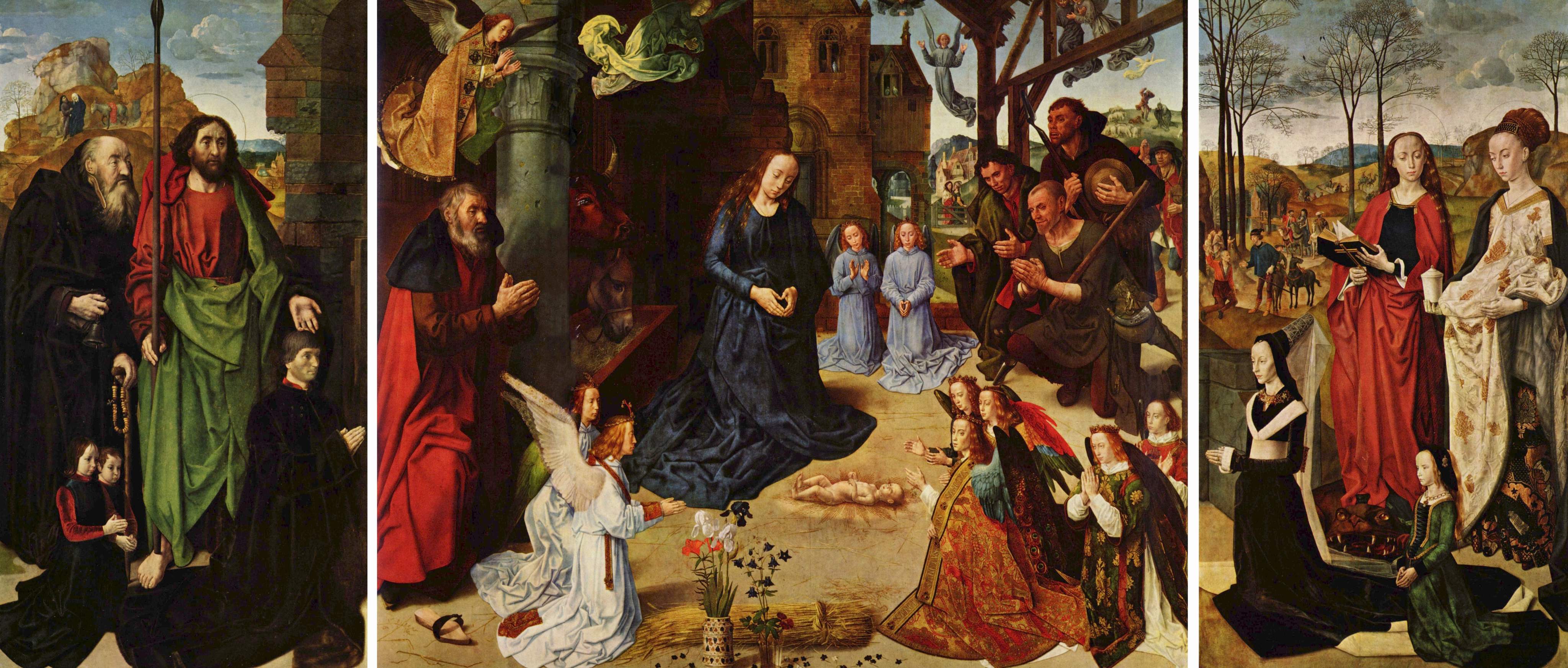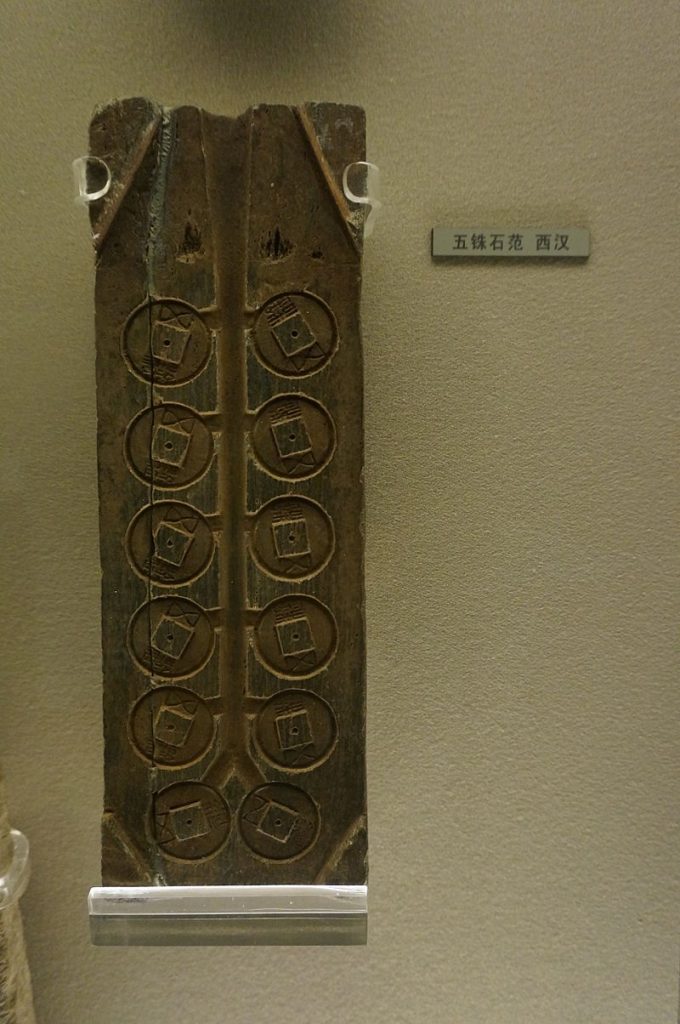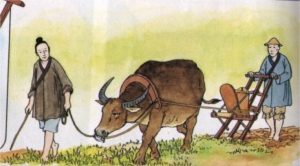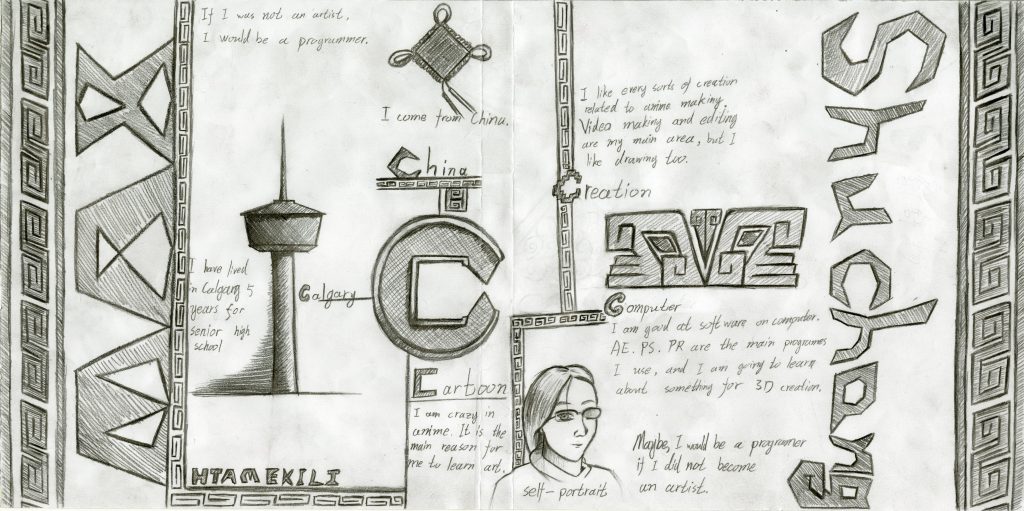Life:
Raffaello Santi is a Famous Italian painter, who was born in 1483, Urbino.he had a nice family and had a good time in childhood, it formed his modest gentle personality. His father was an artist and teach him drawing when he was a child, a few years later he learned from Pietro Perugino. However, his parent died before his 11 years old.
in 1504, he decided stayed in Florence. At the same time, he painted “the “Marriage of the Virgin ”, this work even surpassed Perugino, and all his painting of virgin all show gentle mother. He is influenced by local thoughts and also learns the composition of Leonardo da Vinci and the body expression and style of Michelangelo.

1509, He was invited by the Pope Julius II to paint the Vatican frescoes. The murals in the signature hall are the most outstanding. those murals represent theology, philosophy, poetics and jurisprudence, respectively. Many good paintings also came out at the same time.
Style development:
In Raphael’s early life, he is strongly influenced by his master, Pietro Perugino. This can be seen by comparing his “Marriage of the Virgin” to Perugino’s “Christ Handing the Keys to Saint Peter”.
In Florence, Raphael’s art style develops a lot. For example, Raphael creates more works in pen and ink, his drawings have more figures, and the sense of movement becomes more powerful. Now, those are usually considered as the influence of the local awakening humanism and the other Florentine artist, such as Leonardo da Vici.

In later years, Raphael’s works show that he had deeply learned in Venetian art. His oil paintings and fresco paintings display that he paid more attention to colour and light, which is the main characteristics of Venetian art. Furthermore, some the ranges of impasto in his oil paintings are unprecedented, thus this is assumed as the rare innovation of Raphael.

Personal opinion
Raphael’s art represents the human awakening in humanism. His figure drawings are not like the earlier artists’ empty figures. Those of Raphael’s paintings are more accompanied by human thoughts and spirits because he more focused on the individuals depicting. In his drawings, each of his characters is considered as a living person but not only a copy of a human. This method made him a soft style in early and created more and more vivid figures after he arrived Florence
References
https://www.artble.com/artists/raphael/more_information/style_and_technique
https://en.wikipedia.org/wiki/Raphael
https://upload.wikimedia.org/wikipedia/commons/0/06/Raffaello_-Spozalizio-_Web_Gallery_of_Art.jpg https://upload.wikimedia.org/wikipedia/commons/f/f2/Raffael_026.jpg https://upload.wikimedia.org/wikipedia/commons/4/49/%22The_School_of_Athens%22_by_Raffaello_Sanzio_da_Urbino.jpg







